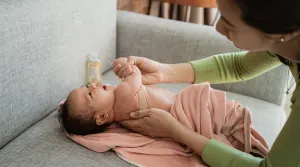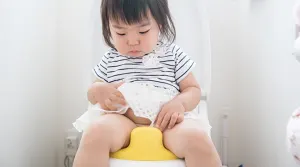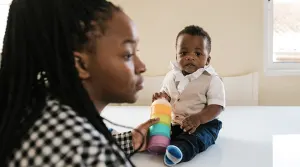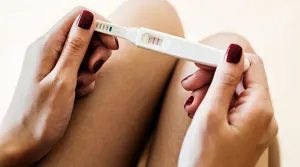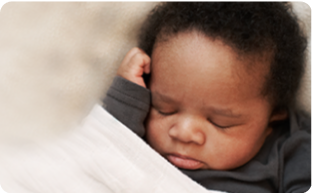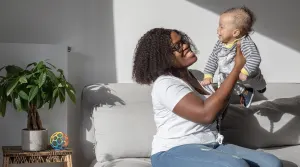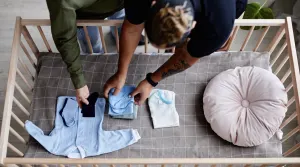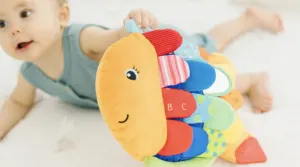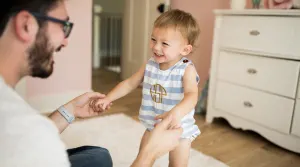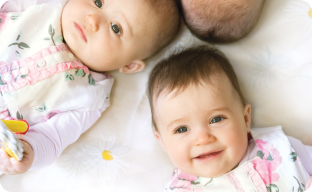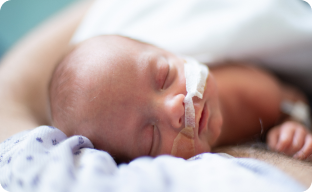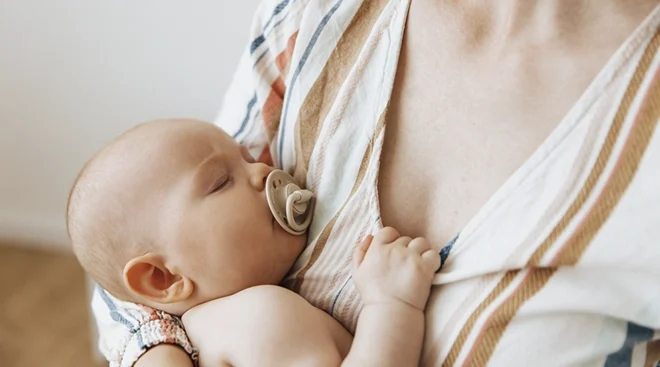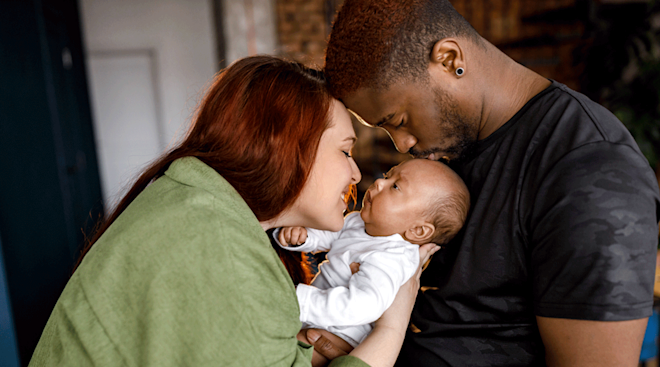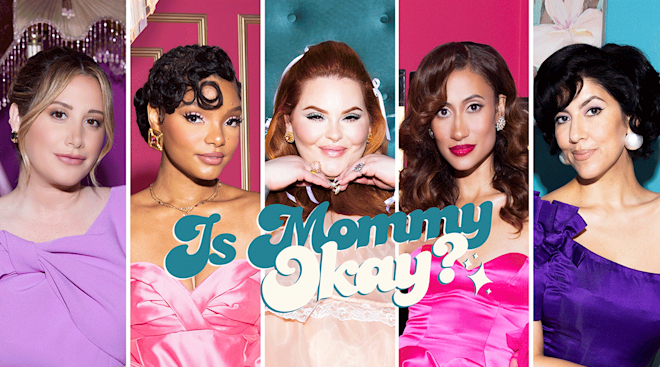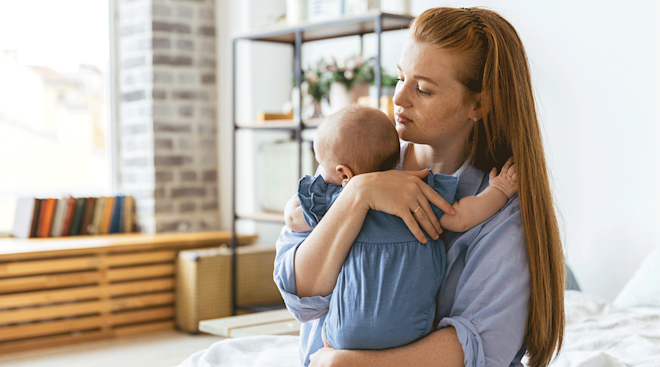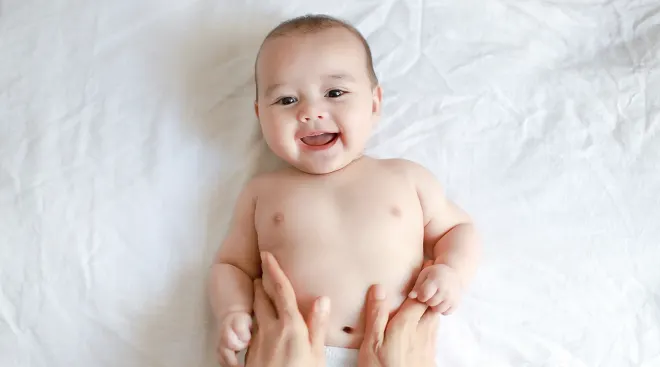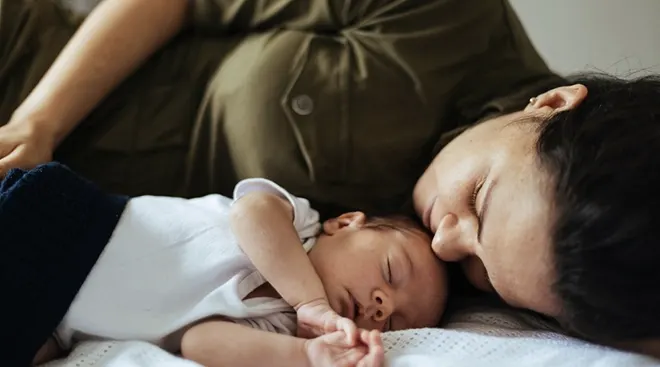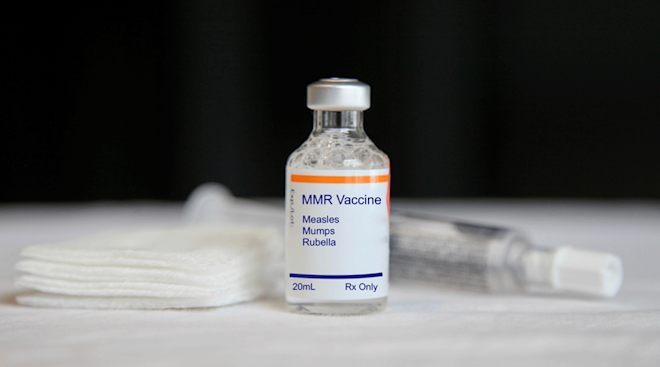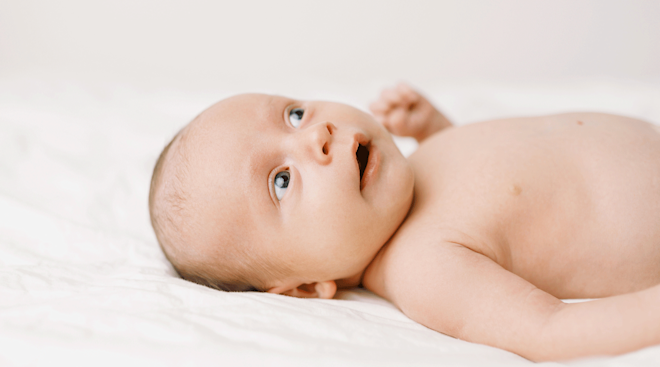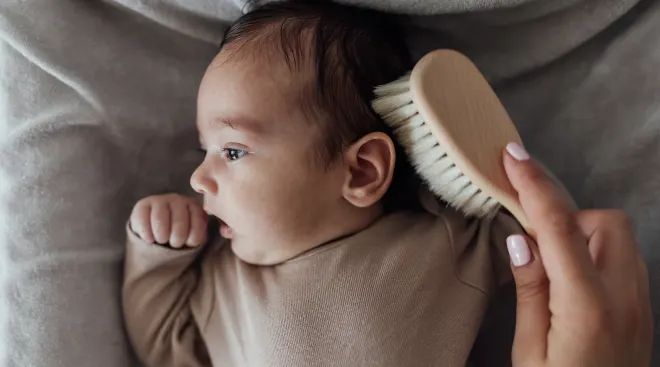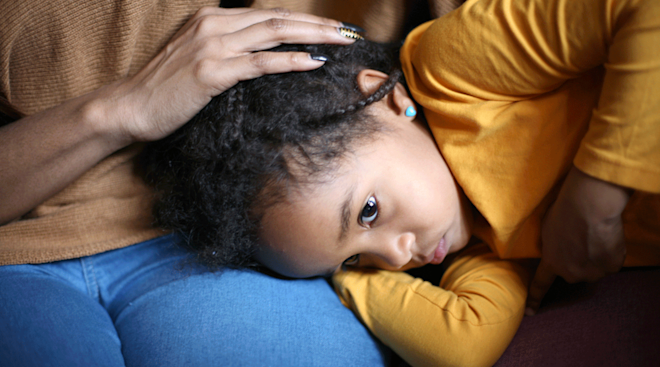CDC Issues New Alert for Parechovirus: Here's How to Keep Baby Safe
The Centers for Disease Control and Prevention (CDC) has issued a new alert for parechovirus, a common childhood virus that can have severe outcomes for infants less than 3 months old. The notice comes after an “unusually large cluster of infections” in Tennessee sent 23 babies to the hospital.
The report discusses the cases of the 23 previously healthy infants under the age of 3 months who were admitted to the hospital between April 12-May 24 of this year for parechovirus. While most of the babies stayed in the hospital for only four or five days, four developed serious symptoms, including the swelling of the brain or brain-lining, known as parechovirus meningoencephalitis. While 21 have made a full recovery, one appears to have lasting seizures and another may have hearing loss as a result of the infection.
While this news can sound scary, it’s important to know that parechovirus is a “common virus” that comes around every summer, and there are some simple ways to help protect your newborn.
What is parechovirus?
According to the CDC, parechovirus is a common childhood illness that can manifest in a wide variety of symptoms from mild to severe. Many kids will catch parechovirus before kindergarten and will have little more than mild symptoms like a sore throat, nausea, fever and rash.
But for infants younger than 3 months old, parechovirus can lead to more serious symptoms and complications, including sepsis-like illness, seizures, and meningitis or meningoencephalitis, particularly in infants younger than 1 month. As with most illnesses, premature and immunocompromised infants are also considered high risk.
What might parechovirus look like in my child?
Symptoms of parechovirus in infants can include fever, fussiness, poor feeding, rash, respiratory distress, congestion, sleepiness and seizure. Some of these symptoms may be present but not others, the bottom line is if you feel something is off with baby, talk to your doctor. They will be able to do the necessary tests to determine if it is parechovirus.
What can I do to protect my child from parechovirus?
Parechovirus spreads via fecal-oral contact (poop particles reaching the mouth) and via respiratory droplets. The CDC says that after a person is infected, they can shed the virus for one to three weeks from their upper respiratory tract and up to six months from their digestive tract.
There is no vaccine, antiviral or specific treatment for parechovirus. The CDC encourages parents that the best way to protect themselves and others is to engage in thorough hand washing to prevent fecal-oral transmission. If you have older children, especially young toddlers, who the disease often spreads easily among, make sure to teach them the importance of washing their hands regularly for 20 seconds or more (you can suggest they sing happy birthday twice).
It’s also recommended that you limit baby’s interactions with others over the first three months. Encourage visitors to wear a mask if they insist upon holding baby in those first few months. If you struggle with setting boundaries on those few visits, check out this mom’s viral TikTok on her rules to meet baby.
For more information on parechovirus visit the CDC’s website.
Please note: The Bump and the materials and information it contains are not intended to, and do not constitute, medical or other health advice or diagnosis and should not be used as such. You should always consult with a qualified physician or health professional about your specific circumstances.
Navigate forward to interact with the calendar and select a date. Press the question mark key to get the keyboard shortcuts for changing dates.




